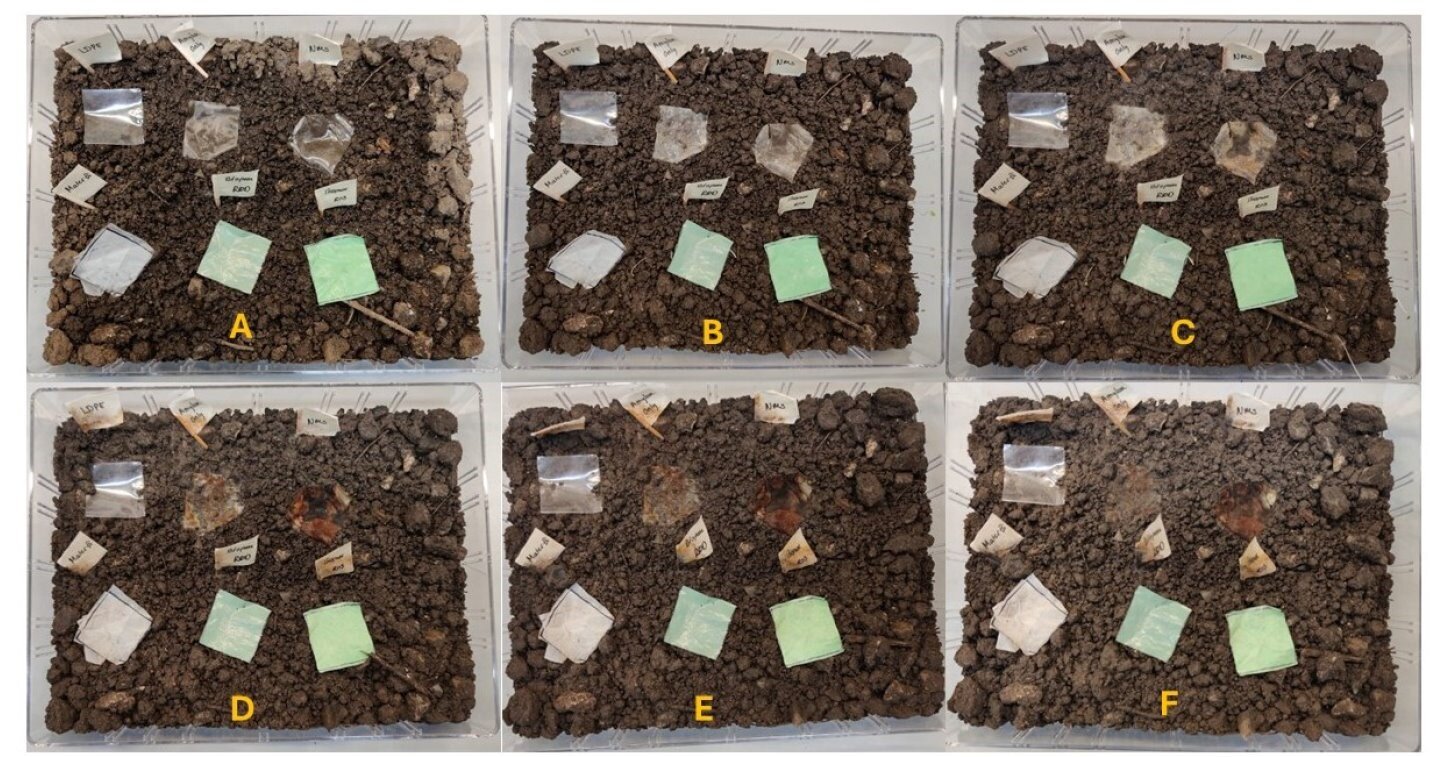Researchers invent 100% biodegradable 'barley plastic'

🌈 Abstract
The article discusses the development of a new biofriendly material made from barley starch and sugarbeet waste fiber at the University of Copenhagen. This material is 100% biodegradable and can decompose within two months in nature, unlike current bioplastics that require specialized facilities to break down. The key features of this new material are:
- Main ingredients are amylose (from barley) and nanocellulose (from sugarbeet waste) which form strong molecular chains
- Durable, flexible and can be used for packaging, car interiors, etc.
- Production can leverage existing infrastructure for starch production
- Aims to provide an alternative to fossil-based plastics and address the challenges of plastic pollution and recycling
🙋 Q&A
[01] Invention of the New Biofriendly Material
1. What are the key features of the new biofriendly material developed at the University of Copenhagen?
- It is made from modified barley starch and fiber from sugarbeet waste
- It is 100% biodegradable and can decompose within 2 months in nature, unlike current bioplastics
- The main ingredients are amylose (from barley) and nanocellulose (from sugarbeet waste) which form strong molecular chains
- It is durable, flexible and can be used for packaging, car interiors, and other applications
2. How does this new material differ from existing bioplastics?
- Current bioplastics are only partially biodegradable and require specialized facilities to break down, whereas this new material can fully decompose in nature within 2 months
- The name "bioplastic" is misleading as most existing bioplastics do not easily break down in nature and can still contribute to microplastic pollution
3. What are the key advantages of this new biofriendly material compared to traditional plastics?
- It is 100% biodegradable and can decompose quickly in nature, unlike plastics which contaminate the environment
- Its production has a lower climate footprint compared to fossil-based plastic manufacturing
- It provides an alternative to address the challenges of plastic pollution and inefficient recycling
[02] Production and Commercialization
1. What are the key steps in producing this new biofriendly material?
- The raw materials (amylose and nanocellulose) are either dissolved in water and mixed, or heated under pressure to create small pellets or chips
- These can then be processed and compressed into the desired form, such as for packaging or other applications
2. How feasible is large-scale production of this new material?
- The production chain for amylose-rich starch already exists, with millions of tons of pure potato and corn starch produced annually
- This ensures easy access to the main ingredients for large-scale production of the new biocomposite material
3. What is the timeline for commercialization and real-world applications of this new material?
- The researchers are currently processing a patent application, which could pave the way for production in the near future
- They estimate that different prototypes for soft and hard packaging, such as trays, bottles and bags, could be developed within 1-5 years